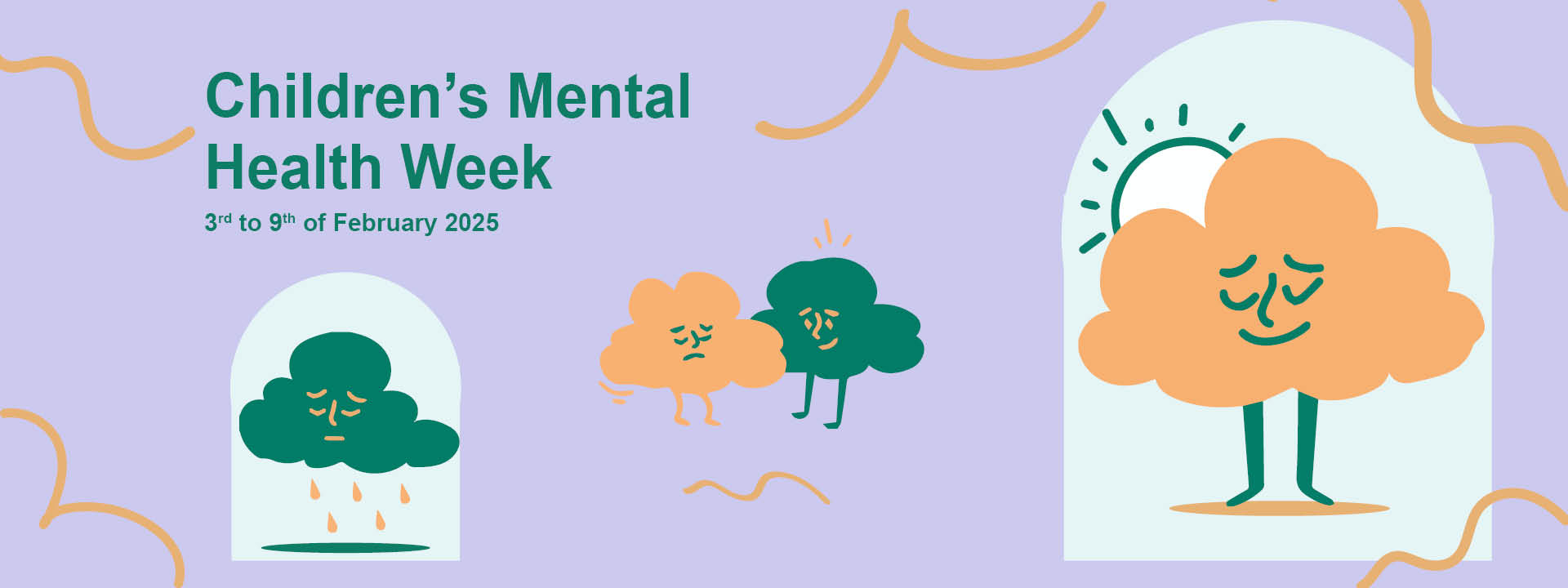How to identify signs of distress in young children27 January 2025 | Admin 
As we approach Children’s Mental Health Week, we can reflect on how educators and care givers can support the younger generation. Nurseries and schools play a vital role in identifying and addressing emotional distress in children before it affects their long-term development. While most children can’t articulate their feelings in words, they often communicate their distress through behavioural and social changes or physical symptoms. Recognising these signs early is crucial for providing the right support and ensuring a child’s well-being. By identifying signs of distress early, we can help children manage their emotions, navigate difficult times, address underlying issues and seek professional help when needed.
Common signs of distress in young children 1) Changes in behaviour Aggression or withdrawal: A normally social child might suddenly become very withdrawn, avoid interaction or show aggressive behaviours like hitting or biting other children. This can be a sign of frustration or an inability to communicate their feelings. Excessive clinginess: If a typically independent child becomes unusually clingy, seeking comfort or reassurance more than usual, it might indicate anxiety or insecurity. Regressive behaviours: A child might regress to earlier developmental stages, such as wetting the bed, or using baby talk, when they are feeling distressed.
2) Emotional outbursts Frequent crying or tantrums: While it’s normal for young children to have occasional outbursts, frequent or prolonged crying or tantrums can be a sign that something is bothering them deeply, whether it’s a problem at home, difficulty in school, or emotional overload. Difficulty in calming down: Children who are distressed may struggle to self-soothe, needing more time or comfort than usual to calm down after being upset.
3) Physical symptoms Complaints of physical pain: Stomach aches, headaches and fatigue complains can be signs of distress, especially when there is no clear medical cause to it. These physical symptoms can often be signs of anxiety and stress. Changes in eating or sleeping patterns: A child who is distressed might experience changes in their appetite, either eating too little or too much, or may have difficulty sleeping of suffering from frequent nightmares. Tightening or fidgeting: If a child appears physically tense, constantly fidgeting, or is unable to sit still, this could indicate anxiety or emotional discomfort.
4) Difficulty concentrating or engaging Lack of focus or disinterest in activities: distress can cause a child to lose interest in activities they once enjoyed, such as playtime or learning. They may also have trouble focusing on tasks, which can impact their participation in class. Avoiding eye contact or disconnection: Children might start to avoid eye contact or seem disconnected from their surroundings.
5) Changes in social behaviour Difficulty with peer interaction: A distressed child may have trouble forming or maintaining relationships with their peers. They could struggle with sharing, turn to bullying behaviours or isolate themselves from others. Fear of separation: A child who is excessively afraid to be away from their caregiver or the classroom environment could be experiencing separation anxiety.
How educators can help when noticing signs of distress - Observe and document: Keep a close eye on any changes in behaviour over time. Documenting patterns of distress can help build a clearer picture of the child’s emotional state. This also provide useful information when discussing the situation with parents or specialists.
- Create a safe and supportive environment: Children who are in distress need a safe, nurturing space where they feel comfortable expressing themselves. A predictable daily routine, clear expectations, and positive reinforcement can also help reduce anxiety.
- Engage in active listening and validate their feelings: Be sure to listen attentively to their concerns patiently and without judgement. When they express their feelings whether through words or actions, validate those feelings, this helps them feeling safe and understood.
- Work with families: Since children’s emotional well-being is influenced by multiple factors at home and at school, collaborating with families is essential. Work closely with parents or caregivers to understand the full context of the child’s distress and to develop strategies for addressing it both at school and at home.
- Refer to a professional: If signs of distress persist or escalate, it might be appropriate to refer the child to a school counsellor, psychologist, or paediatrician.
This Children’s Mental Health Week, let’s remember that emotional health is just as important as physical health, and educators and caregivers are key players in supporting children’s well-being. |